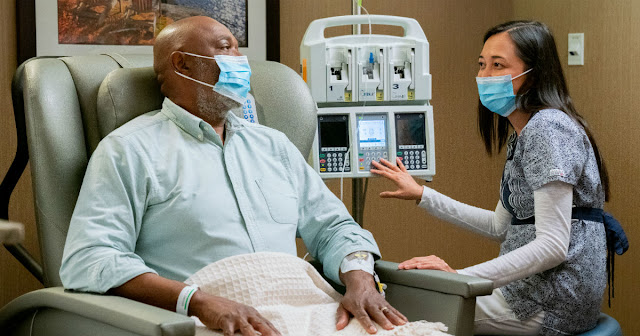Growth Accelerated by Increasing Demand for Neuroplasticity Therapeutics
 |
| Neuroplasicity Market |
Neuroplasticity is the ability of
the brain to form and reorganize synaptic connections, especially in response
to learning or experience or following injury. Neuroplasticity allows the
neurons (nerve cells) in the brain to compensate for injury and disease and to
adjust their activities in response to new situations or to changes in their
environment. Products associated with neuroplasticity includes transcranial
magnetic stimulation, brain stimulation, neurofeedback and visual
rehabilitation. Transcranial magnetic stimulation uses magnetic fields to
stimulate nerve cells in the brain to improve symptoms of depression,
Parkinson's disease, Alzheimer's and various phobias. Brain stimulation uses
implants in targeted areas of the brain such as subthalamic nucleus or globus
pallidus interna to modulate brain activity and improve symptoms.
The global neuroplasticity market
is estimated to be valued at US$ 6.61 Bn in 2023 and is expected to exhibit a
CAGR of 12% over the forecast period 2023 to 2030, as highlighted in a new
report published by Coherent Market Insights.
Market Dynamics:
Rising awareness about
neurorehabilitation and benefits of neuroplasticity is a key driver propelling
growth of the neuroplasticity market. According to studies, neurorehabilitation
that promotes neuroplasticity helps in recovery process from various neurological
conditions such as stroke, traumatic brain injury, Alzheimer's disease and
spinal cord injury. Rehabilitation methods such as occupational therapy that
involve repetitive mental and motor skill exercises induce neuroplastic changes
by formation of new synapses and pathways in the brain. Another driver is
growing older population susceptible to neurodegenerative conditions. People
aged 65 and above are more likely to develop neurological disorders due to age
related wear and tear of the brain. As life expectancy increases globally, the
population aged 65 and above is expected to double from 703 million in 2019 to
1.5 billion by 2050 according to United Nations statistics, thereby driving
demand for neuroplasticity enhancing therapies.
SWOT Analysis
Strength: The neuroplasticity
market exhibits strengths such as growing research on neuroplasticity,
increasing cases of neurological disorders, and rising awareness regarding
cognitive dysfunction and brain training. Neuroplasticity offers possibilities for
controlling age related cognitive decline and recover from neurological
injuries. Large patient pool suffering from conditions such as Alzheimer's,
Parkinson's, and stroke also aids market growth.
Weakness: High costs associated
with neuroplasticity therapies, lack of compensation from insurance providers,
and low awareness in developing regions are major weaknesses in the market.
Clinical evidence demonstrating long term benefits is also limited which
restrains market potential.
Opportunity: Untapped growth
opportunities exist in emerging markets of Asia Pacific and Latin America.
Novel therapeutics focused on neuroplasticity offer commercialization
opportunities. Support from regulatory bodies to develop neuroplasticity based
solutions for unmet clinical needs will create lucrative prospects.
Threats: Limited understanding of
neural mechanisms, technological challenges in developing effective brain
training methods, and slow progress in translating basic research into clinical
solutions are key threats. Stringent regulations for new therapies and
competition from alternative treatment options also restrict market growth.
Key Takeaways
The Global
Neuroplasticity Market Size is expected to witness high growth over the
forecast period of 2023 to 2030 supported by rising incidences of neurological
disorders, growing geriatric population, and ongoing research. By 2030, the
market size is projected to cross US$ 22 Bn registering a robust CAGR of 12%
during the forecast period.
Regional analysis: North America currently dominates the global
neuroplasticity market owing to high patient awareness, availability of
advanced healthcare facilities, and conducive regulatory environment for new
therapies in the region. The Asia Pacific neuroplasticity market is anticipated
to demonstrate fastest growth due to growing medical tourism industry, rising
healthcare spending, and increasing penetration of global market players in the
region.
Key players: Key players operating in the neuroplasticity market
are Cushman & Wakefield, Tenon Group, Apollo Sindoori, Compass Group PLC,
Sodexo, Serco Group PLC, OCS Group, and Medxcel Facilities Management, among
others. These companies are focused on expanding their regional presence and
investments into innovative neuroplasticity solutions through strategic
collaborations and acquisitions.
Get More Insights Here
https://www.newsstatix.com/neuroplasticity-market-size-share-growth-outlook-2023/



Comments
Post a Comment